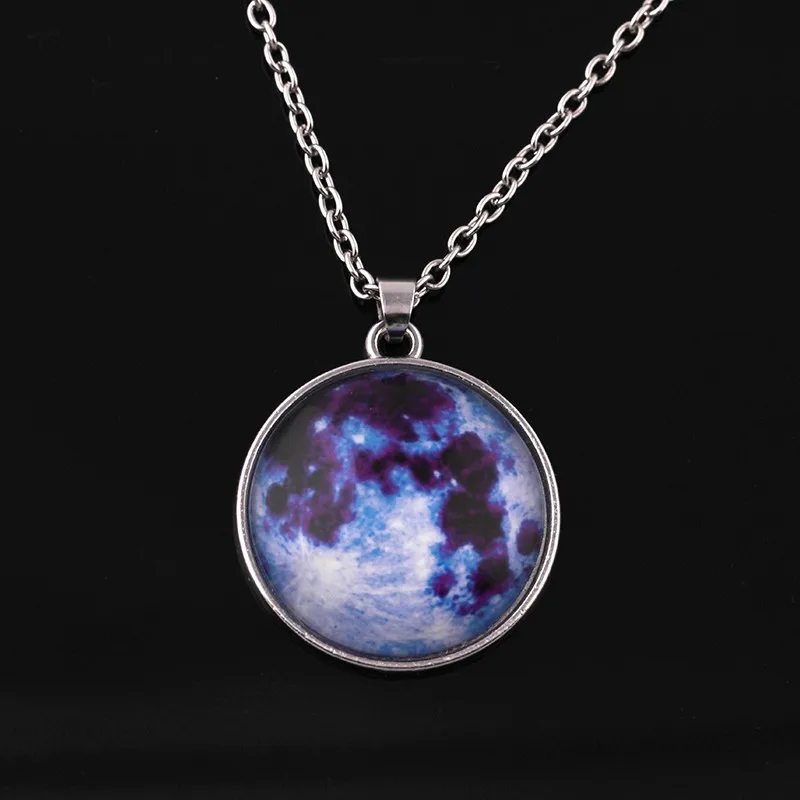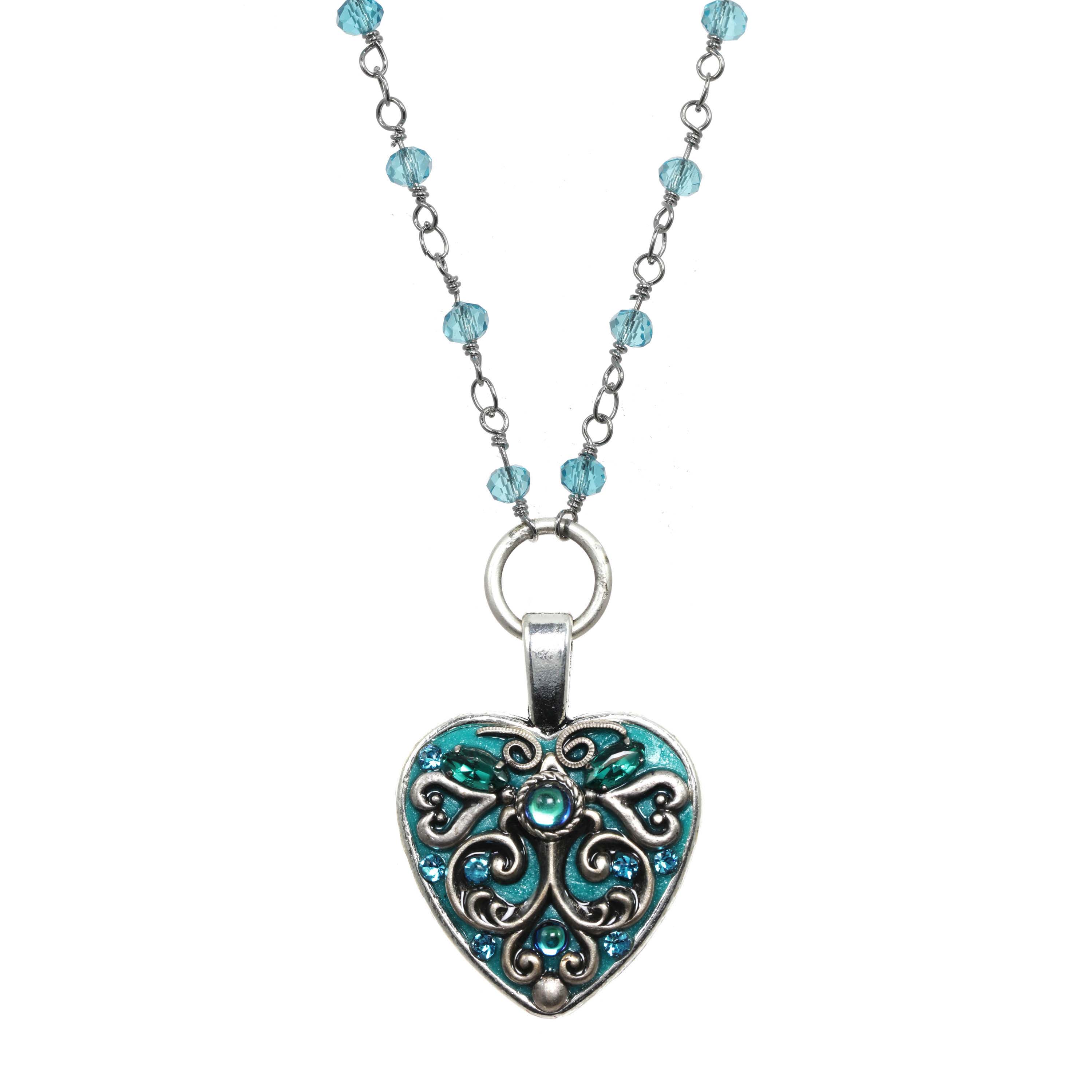

Number of colours in a spectrum or a rainbowĪ spectrum obtained using a glass prism and a point source is a continuum of wavelengths without bands.

The light of the second arc is 90% polarised.

The light of a primary rainbow arc is 96% polarised tangential to the arc. At the edge, the wavelength dependence of the scattering gives rise to the rainbow. Over most of the disc, scattered light at all wavelengths overlaps, resulting in white light which brightens the sky. The radius of the disc depends on the wavelength of light, with red light being scattered over a larger angle than blue light. This is because each raindrop is a sphere and it scatters light over an entire circular disc in the sky. The sky inside a primary rainbow is brighter than the sky outside of the bow. This phenomenon can be confused with the glory phenomenon, but a glory is usually much smaller, covering only 5–20°.
#Free navigator glow in dark moonlight pendant full
Now that software for stitching several images into a panorama is available, images of the entire arc and even secondary arcs can be created fairly easily from a series of overlapping frames.įrom above the Earth such as in an aeroplane, it is sometimes possible to see a rainbow as a full circle. For a 35 mm camera, a wide-angle lens with a focal length of 19 mm or less would be required. It is difficult to photograph the complete semicircle of a rainbow in one frame, as this would require an angle of view of 84°. As human visual perception for colour is poor in low light, moonbows are often perceived to be white. Rarely, a moonbow, lunar rainbow or nighttime rainbow, can be seen on strongly moonlit nights. In addition, the effect can be artificially created by dispersing water droplets into the air during a sunny day. The rainbow effect is also commonly seen near waterfalls or fountains. These include not only rain, but also mist, spray, and airborne dew.Įruption of Castle Geyser, Yellowstone National Park, with double rainbow seen in the mist Rainbows can be caused by many forms of airborne water. More modernly, the rainbow is often divided into red, orange, yellow, green, cyan, blue and violet. The initialism is sometimes referred to in reverse order, as VIBGYOR. For colours seen by the human eye, the most commonly cited and remembered sequence is Isaac Newton's sevenfold red, orange, yellow, green, blue, indigo and violet, remembered by the mnemonic Richard Of York Gave Battle In Vain, or as the name of a fictional person ( Roy G. Any distinct bands perceived are an artefact of human colour vision, and no banding of any type is seen in a black-and-white photo of a rainbow, only a smooth gradation of intensity to a maximum, then fading towards the other side. Rainbows span a continuous spectrum of colours. Even if an observer sees another observer who seems "under" or "at the end of" a rainbow, the second observer will see a different rainbow-farther off-at the same angle as seen by the first observer. Indeed, it is impossible for an observer to see a rainbow from water droplets at any angle other than the customary one of 42 degrees from the direction opposite the light source. Thus, a rainbow is not an object and cannot be physically approached. Image of the end of a rainbow at Jasper National ParkĪ rainbow is not located at a specific distance from the observer, but comes from an optical illusion caused by any water droplets viewed from a certain angle relative to a light source. This is caused by the light being reflected twice on the inside of the droplet before leaving it. In a double rainbow, a second arc is seen outside the primary arc, and has the order of its colours reversed, with red on the inner side of the arc. This rainbow is caused by light being refracted when entering a droplet of water, then reflected inside on the back of the droplet and refracted again when leaving it.

In a primary rainbow, the arc shows red on the outer part and violet on the inner side. However, the observer normally sees only an arc formed by illuminated droplets above the ground, and centered on a line from the Sun to the observer's eye. Rainbows caused by sunlight always appear in the section of sky directly opposite the Sun. It takes the form of a multicoloured circular arc. The shadow of the photographer's head on the bottom marks the centre of the rainbow circle ( antisolar point).Ī rainbow is a meteorological phenomenon that is caused by reflection, refraction and dispersion of light in water droplets resulting in a spectrum of light appearing in the sky. Double rainbow and supernumerary rainbows on the inside of the primary arc.


 0 kommentar(er)
0 kommentar(er)
